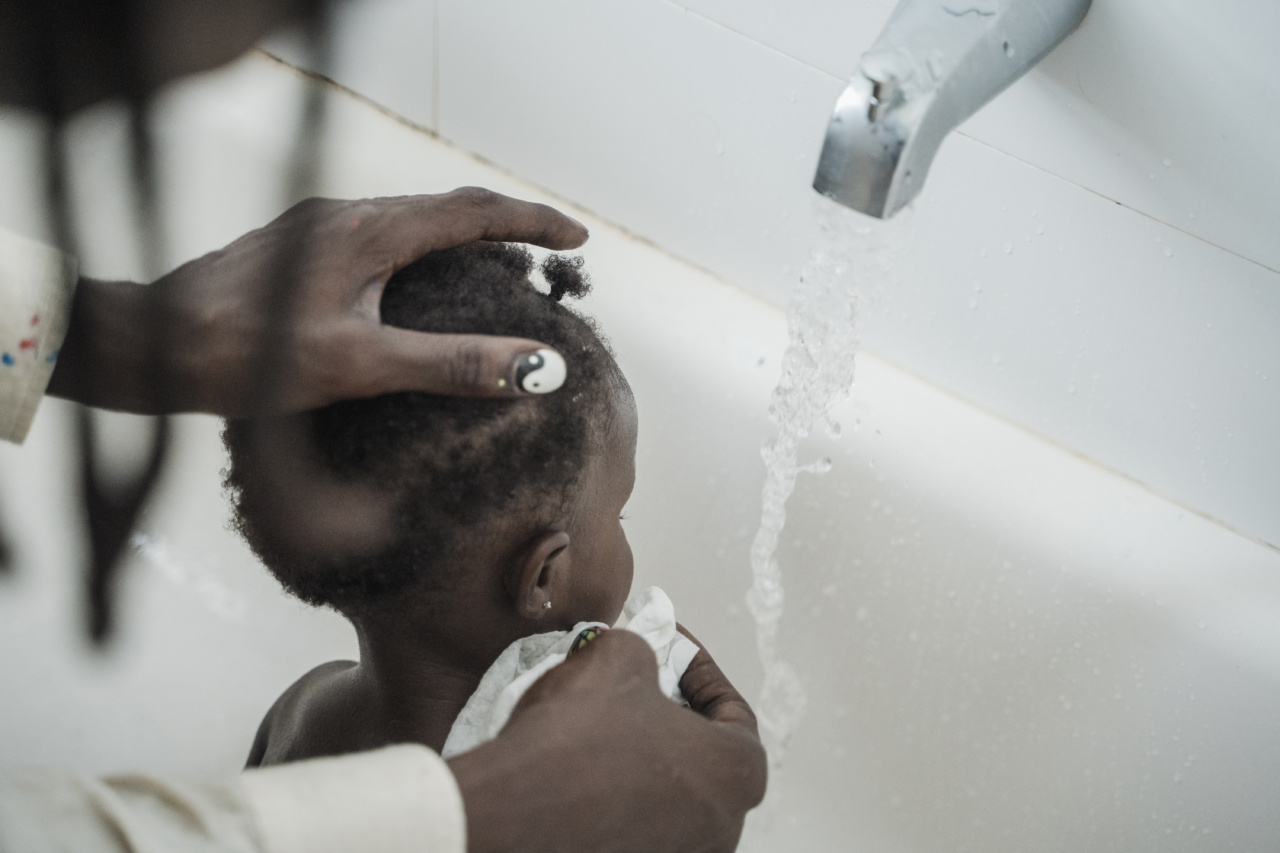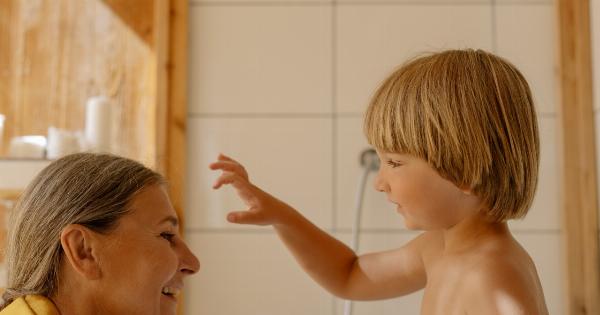Keeping children clean is an important part of their overall hygiene and well-being. Bath times not only serve the purpose of keeping them fresh and smelling good but also provide an opportunity for parents to bond with their little ones.
However, many parents often wonder how often their kids should soak in a bath and what factors should be considered for an effective bathing routine. In this article, we will delve into the topic of bath time for kids, discussing the ideal frequency of bathing and factors to consider, ensuring both cleanliness and the maintenance of healthy skin for your child.
Why is Bathing Important for Kids?
Bathing serves several vital purposes for children:.
1. Cleansing: Bathing helps remove dirt, sweat, and bacteria from the skin, keeping it clean and fresh.
2. Hydration: Soaking in water helps hydrate the skin, preventing dryness and itchiness.
3. Relaxation: A warm bath can be a calming and soothing experience for kids, especially after a tiring day.
4. Bonding: Bath time provides an opportunity for parents to engage with their children, strengthen the parent-child bond, and create moments of joy and laughter.
Factors to Consider for Bath Frequency
The ideal frequency of bathing varies depending on multiple factors:.
1. Age
The age of your child plays a significant role in determining how often they should soak. Newborns and infants have sensitive skin, and excessive bathing can strip away their natural oils, leading to dryness and irritation.
For infants, a quick sponge bath a couple of times a week is sufficient. As children grow older, their hygiene needs change, and regular baths become more important.
2. Activity Level
Consider your child’s activity level when determining bath frequency.
If your child is highly active, engaged in sports, or spends a lot of time outdoors, they may need a bath more frequently to remove sweat, dirt, and potential allergens from their skin. For more sedentary activities, a bath every other day or even every three days may be appropriate.
3. Skin Sensitivity
Children with sensitive skin require special attention when it comes to bath frequency. Frequent bathing or using harsh soaps can aggravate their skin, leading to dryness, rashes, or eczema.
In such cases, it is best to consult with a dermatologist or pediatrician to determine the suitable bathing routine.
4. Climate
The climate in which you live also impacts bath frequency. In hot and humid climates, where children tend to sweat more, daily baths may be necessary to prevent discomfort and body odor.
In colder and drier climates, frequent bathing can actually contribute to dry skin, so adjusting the frequency accordingly is essential.
5. Personal Preference
Ultimately, personal preference plays a role in determining how often your child should soak. Some children enjoy taking baths, while others might find it stressful or time-consuming.
Listen to your child’s cues and preferences while establishing a bath routine.
Recommended Bathing Frequency by Age
While individual factors should be taken into account, below are some general guidelines for bath frequency based on age:.
Newborns to 1 Year
For newborns, a sponge bath two to three times a week is sufficient in the first few months. As they grow older and start crawling or getting more involved in activities, bathing them two to three times a week in warm water is recommended.
1 to 3 Years
As children become more mobile and active, daily baths or baths every other day become necessary. Pay attention to their skin and adjust the frequency in case of any signs of dryness or irritation.
3 to 6 Years
At this stage, children can safely enjoy daily baths, especially if they are engaged in physical activities, sports, or daycare/playgroup routines.
6 Years and Above
From the age of six and above, daily bathing is generally recommended, unless specific skin conditions or sensitivities require a different approach.
Tips for an Effective and Enjoyable Bath Time
To make bath time a pleasant experience for both you and your child, consider the following tips:.
1. Create a Safe Environment
Ensure the bathing area is clean, well-maintained, and free from any hazards. Use non-slip mats or stickers in the tub or shower to prevent slipping accidents.
2. Use Suitable Bath Products
Choose mild and gentle soaps or cleansers specifically formulated for children. Avoid products containing harsh chemicals, dyes, or fragrances that can irritate or dry out their delicate skin.
3. Maintain Water Temperature
The water temperature should be comfortably warm, around 37°C (98.6°F). Always test the water with your elbow or a thermometer to ensure it is not too hot or cold for your child.
4. Engage in Play and Interaction
Make bath time interactive and fun by providing toys, bath crayons, or bubble bath solutions. Engage with your child through play and communicate to foster a positive bathing routine.
5. Be Mindful of Bath Duration
Avoid prolonged bathing, as excessive exposure to water can lead to dryness. Generally, 10-15 minutes is a suitable duration for a child’s bath.
6. Pat Dry, Don’t Rub
After the bath, pat your child’s skin gently with a soft towel. Avoid rubbing vigorously, as it can cause skin irritation.
In Conclusion
Establishing a consistent bath time routine based on your child’s age, activity level, and skin type is essential for their overall well-being.
Although there are general guidelines, remember that each child is unique, and their specific needs may vary. Pay attention to their cues, monitor their skin’s condition, and consult with healthcare professionals as needed.
Maintaining hygiene and creating enjoyable bath times will not only keep your child clean but also contribute to their physical and emotional development.































